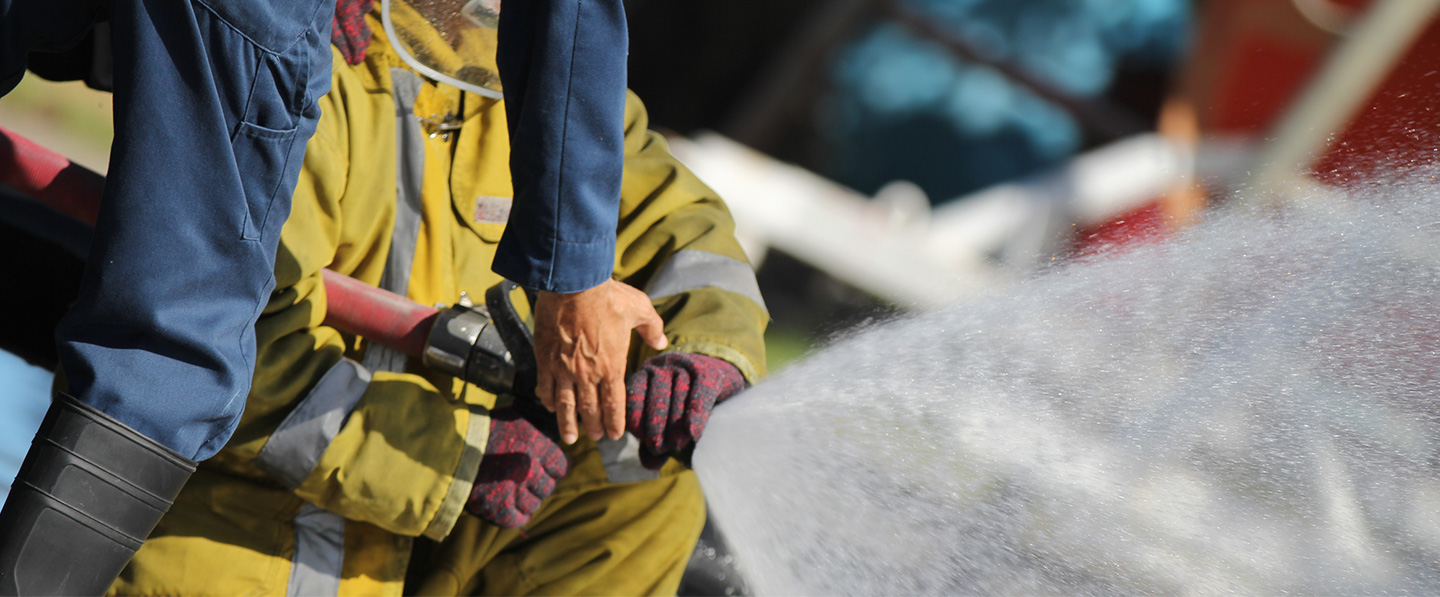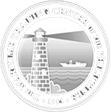
COURSES
Advanced Safety Courses
| SCOPE | This training is intended to meet the requirements set out in Section A-VI/3 of the STCW Code.
This course provides training and skills development for all who work on the waters and seas of the world. Whether tug or barge, fishing vessel or cruise ship, oil rig or deep sea vessel, the need to prevent or contain and extinguish fires is essential. When onboard, vessel personnel must be their own fire department. The course is designed to give trainees a basic understanding of types of fire, methods of extinguishing, and onboard fire fighting equipment. Including equipment maintenance, the use of breathing apparatus and search and rescue skills. The course will advance to train a comprehensive understanding of the theory of fires as it applies to a shipboard environment, and will include elements of command and control together with the importance of stability and ship integrity. The course is structured around a number of practical exercises, rescue techniques, casualty evacuation practices, live fire exercises, and refilling portable fire extinguishers. |
||||||||||||
| OBJECTIVE | On completion of the training, the trainees will have sufficient knowledge and understanding to enable them:
a) Control Fire Fighting aboard ship |
||||||||||||
| ENTRY STANDARDS | Trainees taking this course must be certified by a physician to be in good health and had completed a basic course in fire fighting and are in management level, operational level and support level who may have control and involve in fire fighting operations. | ||||||||||||
| SCHEDULE |
|
||||||||||||
| SCOPE | This syllabus covers the requirements of the 1995 STCW Chapter VI<Section A-VI/4, Table A-VI/4. On meeting the minimum standard of competence in medical first aid, a trainee will be competent to apply immediate first aid in the event of accident or illness on board. | ||||||||||||
| OBJECTIVE | This model course aims to provide the training for candidates to provide medical first aid on board ship, in accordance with Section A–VI/4 of the STCW Code. | ||||||||||||
| ENTRY STANDARDS | For admission to the course seafarers should have completed IMO Model Course No. 1.13 Elementary First Aid or attained a similar standard in elementary first aid. | ||||||||||||
| SCHEDULE |
|
||||||||||||
| SCOPE | This model course aims to meet the minimum standards requirements for the training and issuance of certificate of proficiency in fast rescue boat to officers, ratings and other personnel on board ships, under regulation VI/2 of the STCW 1995. | ||||||||||||
| OBJECTIVE | A trainee successfully completing the course should be able to take charge of the fast rescue boat and must be able to demonstrate the required competence listed in column 1 of table A-V1/2-2 of the STCW Code. | ||||||||||||
| ENTRY STANDARDS | This course is open to all seafarers who are medically fit and holders of certificate of proficiency in survival craft and rescue boats other than fast rescue boats. | ||||||||||||
| SCHEDULE |
|
||||||||||||
| SCOPE | This model course aims to provide the training for candidates to launch and take charge of a survival craft or rescue boat in emergency situations, in accordance with Section A-VI/2 of the STCW Code. | ||||||||||||
| OBJECTIVE | This syllabus covers the requirements of the 1995 STCW Convention Chapter VI, Section A-VI/12-1.
1. On meeting the minimum standard of competence in survival craft and rescue boats other than fast rescue boats, a trainee will be competent to operate life-saving appliances and take charge of a survival craft or rescue boat during or after launch. They will also be able to operate a survival craft engine and manage survivors and survival craft after abandoning the ship. Trainees will know the correct use of all locating devices, including communication and signaling apparatus and pyrotechnics, how to apply first aid to survivors and the actions to take to preserve the lives of those in their charge. |
||||||||||||
| ENTRY STANDARDS | For admission to the course, seafarers must be certified by a doctor to be in good health. They must also have completed basic safety training course and instruction in accordance with Regulation VI/2 of STCW 1995 of which as follow.
|
||||||||||||
| SCHEDULE |
|
||||||||||||
| SCOPE | This course is an integral part of Fire Fighting and Fire Prevention Training in accordance with the standards of Training, Certification and Watchkeeping for seafarers 1978 Convention as amended in 1995, Regulation VI/1, Section A VI/2, Section B-VI/1 paragraphs 1,2 and 3 | ||||||||||||
| OBJECTIVE | A student successfully completing this course will be able to communicate with other persons on board on elementary safety matters and understand safety information. Identify muster station, signs, escape routes, raise the alarm and have knowledge on the use of fire fighting equipment. The fire fighting organization on board ships, knowledge on Smoke Diving and Search and Rescue. | ||||||||||||
| ENTRY STANDARDS | This course is open to seafarers who have completed Basic Safety Course and all students must be certified by a physician to be in good health. | ||||||||||||
| SCHEDULE |
|
||||||||||||




